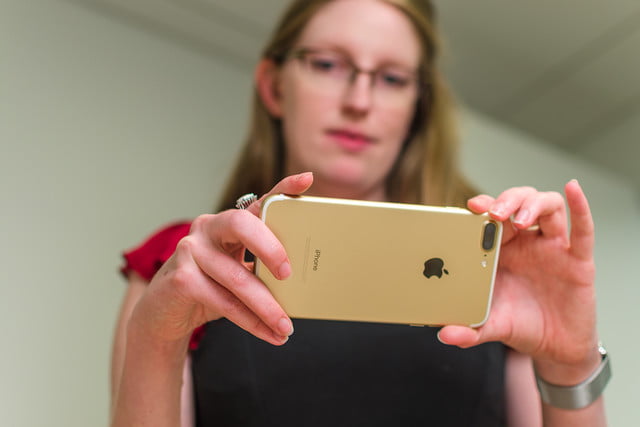Apple’s Live Photos first debuted on the iPhone 6S and 6S Plus, and the feature added a bit of flourish to standard still photographs. In this mode, the camera captures 1.5 seconds of video and audio before and after you tap the shutter button to take a photo. It’s why Live Photos-enabled images slowly shift, like photographs from the wizarding world of Harry Potter, in your Camera Roll. The latest version of Apple’s mobile operating system improves on the feature with a handful of new iOS 11 camera effects.
There’s Loop, Bounce, and Long Exposure. Loop finds a perfect time to start and end the Live Photo, and plays it on an endless, er, loop. Bounce starts the Live Photo video and then reverses it, and Long Exposure blends all the frames together to create a single image where any movement is blurred.
How to use Loop, Bounce, and Long Exposure
To use these new iOS 11 camera effects, you’ll have to make sure Live Photos is on. Open the Camera app, and at the top center you should see a ringed circle. If it’s yellow, it’s on; if it’s white with a diagonal line across it, then it’s off. Tap on it to turn it on.
Now any photo you take will be capable of using Loop, Bounce, or Long Exposure. Tap on the shutter icon to take a photo. Then find the photo by tapping on Camera Roll on the bottom left corner of the camera app. Swipe the photograph up, and you’ll see all four effects in a carousel gallery — swipe left to see all of them.
Alternatively, you can go to the Photos app, tap on an image captured with Live Photos (it will say so on the top left corner of the image), and swipe up to add one of the effects. You can go to any Live Photo in your Photos app to add this effect, no matter the date you captured it. If you choose an effect, like Loop, the photo will always Loop until you change the effect by swiping up on the photo again and choosing a different effect.
Loop and Bounce
Loop and Bounce are effects that work well with a lot of movement. Take a look at the images below:
Loop
Bounce
Bounce
Again, Bounce is playing and reversing the videos at a automatically selected time frame. Loop also selects a good start and end point, but plays the Live Photo forward on repeat. Both these effects may be tricky to share at the moment. Instagram, for example, thinks of these file formats as .mov, so you’ll need to convert it to a GIF or cut the video. We were unable to share these to Twitter, though Facebook was able to play them.
Long Exposure
Long Exposure
Long Exposure
As you can see in the examples above, Long Exposure is best used with a tripod for your iPhone. The phone needs to be incredibly stable, and it works best with a subject staying still while the background moves, or vice versa. Above left, you can see our photo editor Les Shu is blurry likely because our iPhone wasn’t as stable as it needed to be. The photo of the cube, though, captures its rotating movement, while the background buildings are relatively sharp and still. These files are far easier to share, as they can automatically be converted as JPEGs.
If you want to know more about all the fun features in Apple’s latest operating system update, check out our iOS 11 tips and tricks guide.

